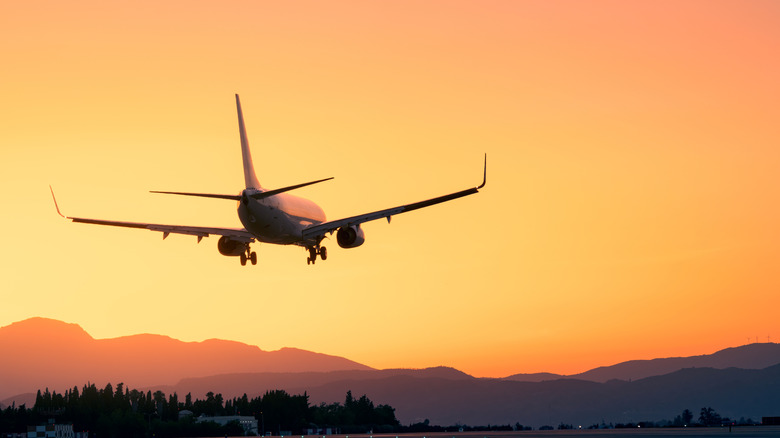
Have you ever noticed that some airports have entire terminals dedicated to a single airline? For example, Angelenos refer to Terminal 1 at LAX as the "Southwest Terminal," Terminal 4 as the "AA Terminal," and Terminal 7 as the "United Terminal" because each hall almost exclusively serves that single airline. Then there's Chicago O'Hare (ORD), America's most well-connected airport, which serves flights for United Airlines out of three of its four terminals — it's practically a monopoly by just one
carrier.
This is what's known as a "hub," a major airport where an airline can direct the majority of its routes, basing support services there to serve its fleet and passengers -- and getting familiar with these hubs could save you money. If you've ever flown cross country on American Airlines, you've probably had to sit through a layover in Dallas/Fort Worth (DFW), or Atlanta (ATL) if you're flying Delta. That's because these are the largest hubs for each carrier, where the majority of their staff is based, and where it's easiest for them to troubleshoot and provide maintenance.
Airlines try to direct the majority of their flights to these hubs, using what's called a "hub and spoke" system. When the majority of their flight paths radiate out from hubs, it creates what looks like spokes on a wheel if viewed on a map. The efficiency created by using this central location reduces operating costs, so airlines typically like to increase supply compared to demand at their hubs. And when compounded with the airline's desire to maintain dominance at their chosen airport, this translates into competitive pricing on fares that travel through there. Essentially, flying through Dallas on American or Chicago on United can make your booking cheaper.
Read more: The 5 Best Airlines That Fly To Hawaii, According To Reviews
How To Take Advantage Of The Airport Hub System When Traveling

Whether you're up with United, down with Delta, or all good with American, it's a smart idea to know which airport your favorite carrier uses to base its operations. If you live in a hub city, you can save money when you book with your local top carrier. If your nearest airport is regional and you have a long way to go (such as cross country or overseas), you may want to book a flight to your nearest hub, and then connect your onward travel separately. Or, if you're lucky, a budget airline may use a smaller airport nearby to support its fleet — that's one way that popular budget airline Breeze, which was recently approved to fly internationally, keeps its routes affordable.
Using tools like Google Flights and Skyscanner can help you compare fares and uncover what your local hubs are. Generally, if the majority of flights that pop up during your search are operated by one airline, it means you're located near its hub. You may even be lucky enough to have multiple hubs in your area — for example, though Chicago O'Hare primarily serves United, the city's other main airport, Midway, hosts Southwest.
Try joining airlines' frequent flyer programs if you live in one of its hub cities. Not only will you accumulate miles and elite status faster while flying through the hub more often, this will also put you on the mailing list for fare sales when they happen. Bonus tip: Since Alaska Airlines was proclaimed the best frequent flyer program for 2025 by WalletHub, those who live in Seattle, Honolulu, Portland, Anchorage, Los Angeles, San Diego, and San Francisco should absolutely join its membership — it has a hub in each of these cities.
Ready to discover more hidden gems and expert travel tips? Subscribe to our free newsletter for access to the world's best-kept travel secrets.
Read the original article on Islands.














